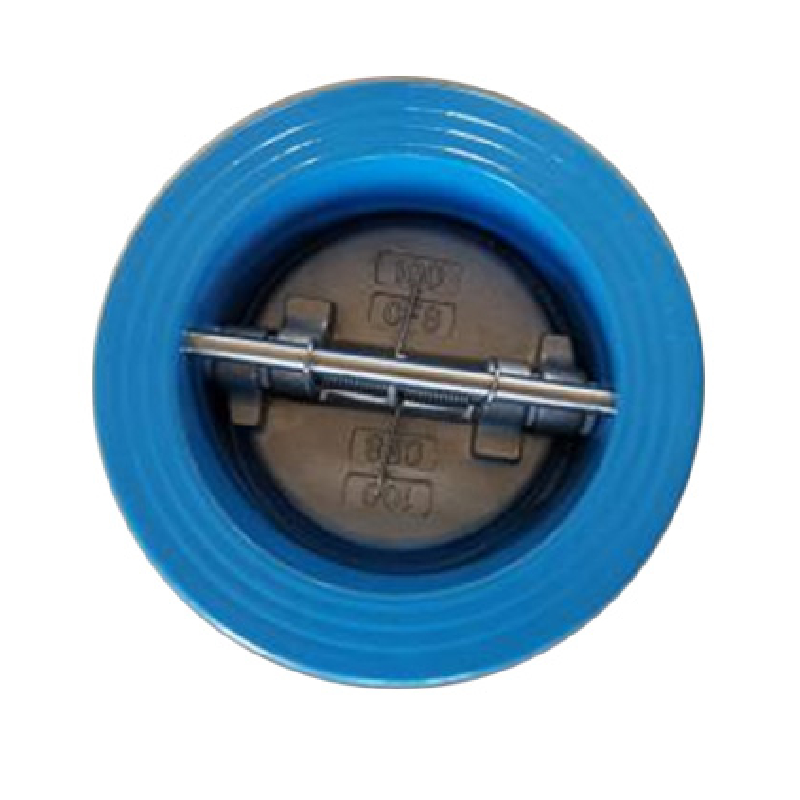nov . 16, 2024 09:43 Back to list
pn16 check valve
Understanding PN16 Check Valves A Comprehensive Overview
Check valves are critical components in various industrial systems, ensuring that fluids flow in only one direction, thereby preventing backflow. Among the different pressure ratings and types of check valves, the PN16 check valve stands out due to its reliability and versatility in a broad range of applications. The term PN16 refers to the nominal pressure rating of the valve, indicating its capability to withstand a maximum allowable pressure of 16 bar (approximately 232 psi). This article delves into the features, applications, advantages, and considerations when utilizing PN16 check valves.
Features of PN16 Check Valves
PN16 check valves are designed to provide effective backflow prevention in pipe systems. They are available in various designs, including swing check, lift check, and ball check valves, allowing engineers to select the most suitable option for their specific needs. Generally constructed from robust materials such as ductile iron, stainless steel, or bronze, PN16 check valves are engineered to handle high-pressure environments while maintaining integrity over time.
One significant feature of these valves is their automatic closing mechanism, which activates when the flow direction reverses. This ensures that the valve remains open during normal operation, allowing unimpeded fluid flow while promptly sealing to prevent backflow when required. Moreover, many PN16 check valves incorporate sealing mechanisms such as rubber or elastomer disc seals, enhancing their efficiency and longevity.
Applications of PN16 Check Valves
PN16 check valves find extensive applications across diverse sectors, including water treatment, oil and gas, chemical processing, and HVAC systems. In water supply systems, they are employed to prevent contamination and maintain system integrity by stopping backflow from downstream to upstream. In the oil and gas industry, these valves are crucial in pipelines that transport crude oil, ensuring that the flow remains unidirectional, thereby avoiding potential damage from back pressure.
Furthermore, in chemical processing plants, PN16 check valves are utilized to maintain the integrity of hazardous fluids and gases by preventing backflow that could cause chemical reactions or equipment damage. The HVAC industry also benefits from these valves, where they help control water circulation in heating and cooling systems, contributing to energy efficiency and system reliability.
pn16 check valve

Advantages of PN16 Check Valves
Choosing PN16 check valves comes with several advantages. Firstly, their robust construction allows them to withstand high pressure and temperature variations, making them suitable for harsh operational conditions. Secondly, their design minimizes the risk of backflow, thereby protecting downstream equipment and enhancing the longevity of the entire system.
Additionally, PN16 check valves are relatively easy to install and maintain. Many designs allow for straightforward access to internal components, facilitating routine inspections and repairs. Furthermore, their automatic operation reduces the need for manual intervention, resulting in lower operational costs and increased efficiency.
Considerations When Using PN16 Check Valves
While the benefits of PN16 check valves are clear, a few considerations should be addressed during selection and installation. It is essential to match the valve type and size to the specific application requirements. Factors such as flow rate, pressure, and fluid characteristics should be thoroughly evaluated to ensure optimal performance.
Moreover, proper installation is crucial to prevent issues such as water hammer or noise, which can occur due to improper alignment or the wrong type of valve being used for specific fluids. Regular maintenance checks are also recommended to ensure that the sealing elements are functioning correctly and to avoid any potential leaks or failures.
Conclusion
In conclusion, PN16 check valves play an essential role in various industrial applications by providing reliable backflow prevention in high-pressure environments. Their robust design, versatility, and ease of use make them a popular choice across multiple sectors, including water treatment, oil and gas, and chemical processing. By understanding their features, applications, advantages, and considerations, users can effectively leverage PN16 check valves to enhance system efficiency and reliability. As industries continue to evolve, the importance of these valves will undoubtedly remain significant in ensuring safe and efficient fluid management.
Share
-
Reliable Wafer Type Butterfly Valves for Every IndustryNewsJul.25,2025
-
Reliable Flow Control Begins with the Right Ball Check ValveNewsJul.25,2025
-
Precision Flow Control Starts with Quality ValvesNewsJul.25,2025
-
Industrial Flow Control ReliabilityNewsJul.25,2025
-
Engineered for Efficiency Gate Valves That Power Industrial PerformanceNewsJul.25,2025
-
Empowering Infrastructure Through Quality ManufacturingNewsJul.25,2025